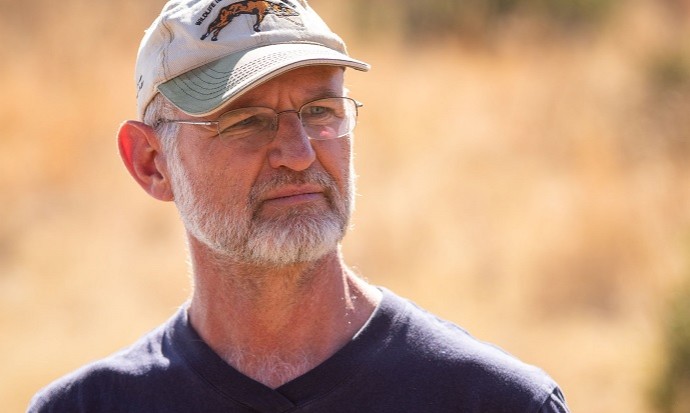
Professor Leith Meyer has been doing research at the University of Pretoria (UP) for 12 years. He completed his undergraduate studies at UP’s Faculty of Veterinary Science in 2000, and joined the University of the Witwatersrand in 2003 as a lecturer in physiology. After two years, he was appointed as a research officer in Wits University’s Brain Function Research Group at the School of Physiology. During that time, Prof Meyer became particularly involved in the group’s research on wildlife environmental physiology and the consequences of game capture. In 2010, he obtained a PhD from Wits that focused on the reduction of the side-effects of capture.
Through his research, Prof Meyer aims to improve the welfare and conservation of various wildlife species. Within his academic discipline, he leads research that seeks a better understanding of the physiological consequences of veterinary management procedures, particularly when animals are captured, translocated, reintroduced into a habitat, rehabilitated or anaesthetised.
“Wildlife vets and managers play a key role in conservation programmes; my work helps these professionals to improve the health and welfare of wildlife species when they work with them,” Prof Meyer says. “My primary research interest and focus is to find novel ways of reducing the side-effects of wildlife capture, anaesthesia and translocation to improve animal health and welfare. We are working on several studies involving a number of different wildlife species, with a focus on rhinos.”
A recent highlight of his research was the discovery that one of the key drugs used to dart wildlife, especially rhinos, causes the activation of the animal’s stress pathways. This activation negatively affects these animals by making them hypermetabolic and hinders oxygen from entering their bodies through the lungs.
“We recently started a study to test novel drugs that can block these effects, with initial promising findings,” Prof Meyer explains. “We’re hoping to discover ideal drug combinations that can best prevent these adverse effects and make capture and anaesthesia safer for wildlife.”
He hopes that his work will have a positive impact on conservation, and improve the way in which wildlife vets handle and look after wild animals in the face of rapidly declining biodiversity. The changes in the world are making the conservation of nature challenging, with human interventions becoming more and more important, he adds.
Prof Meyer’s advice to school learners or undergraduates who are interested in his field is to stick to their dreams if they are passionate about becoming a wildlife vet and making a difference.
“It is an exciting and important field to be involved in, but hard work, dedication and commitment are required.”
 Story
Story
New research by scientists at the University of Pretoria (UP) has shown that pulse oximeters, originally designed for humans, can be used more effectively to monitor the blood oxygen levels of rhinoceroses who are under anaesthesia and immobilised – by attaching them at an unusual site: the rhino’s ‘third eyelid’.
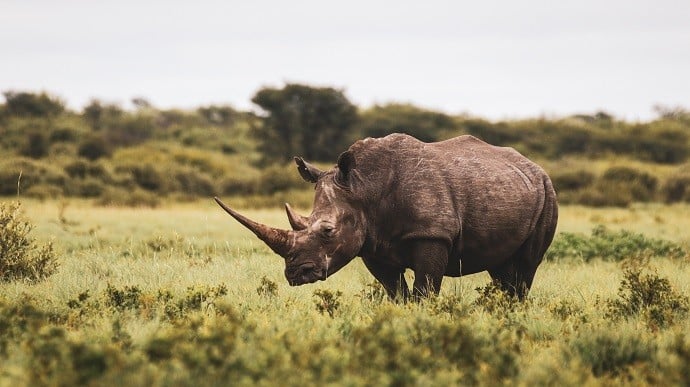 Gallery
Gallery
UP researchers have been working on adapting the use of existing technology and testing it in the field to find an appropriate solution to mitigate complications arising from low oxygen levels during procedures like immobilisation. This new research improves our ability to provide care and ensure the well-being of rhinos in the field.
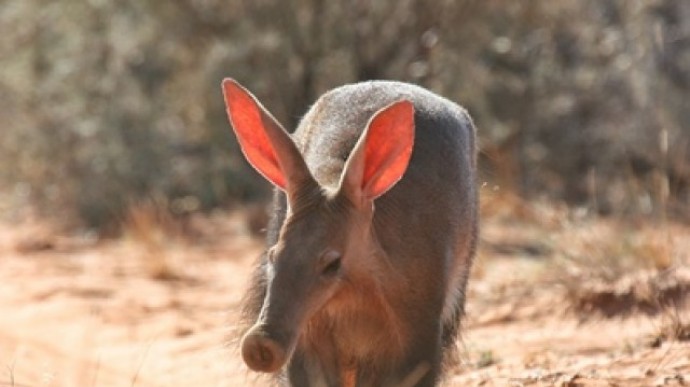 Story
Story
Dr Ned Snelling, Senior Lecturer in the Department of Anatomy and Physiology and Prof Leith Meyer, Director of the Centre for Veterinary Wildlife Studies, both from the Faculty of Veterinary Science have just published a new study on the welfare and survival of Africa’s arid-dwelling mammals under the threat of climate change.
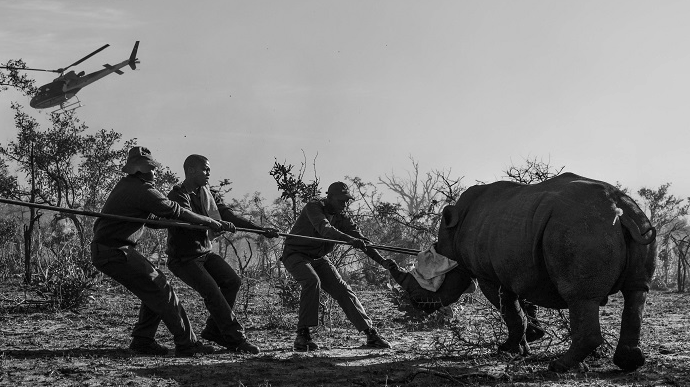 Story
Story
The reality of rhino poaching has made us all too aware of the fragility of the species. It is with growing frequency that veterinary professionals are required to work on these animals in an attempt to save them.
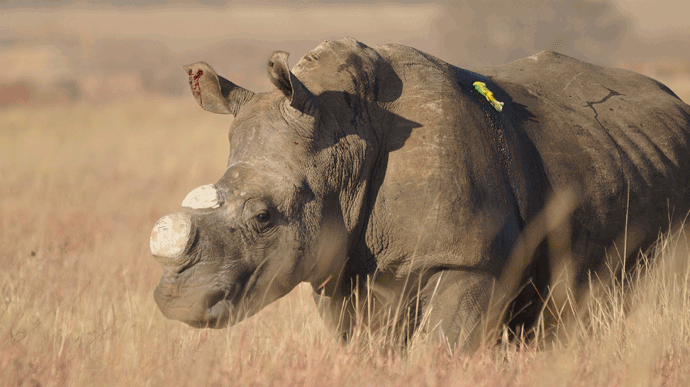 Stories
Stories
The poaching of rhinos for their horns has resulted in the loss of many animals. It is particularly sad when pregnant rhinos or mothers with calves are poached.
Copyright © University of Pretoria 2025. All rights reserved.
Get Social With Us
Download the UP Mobile App